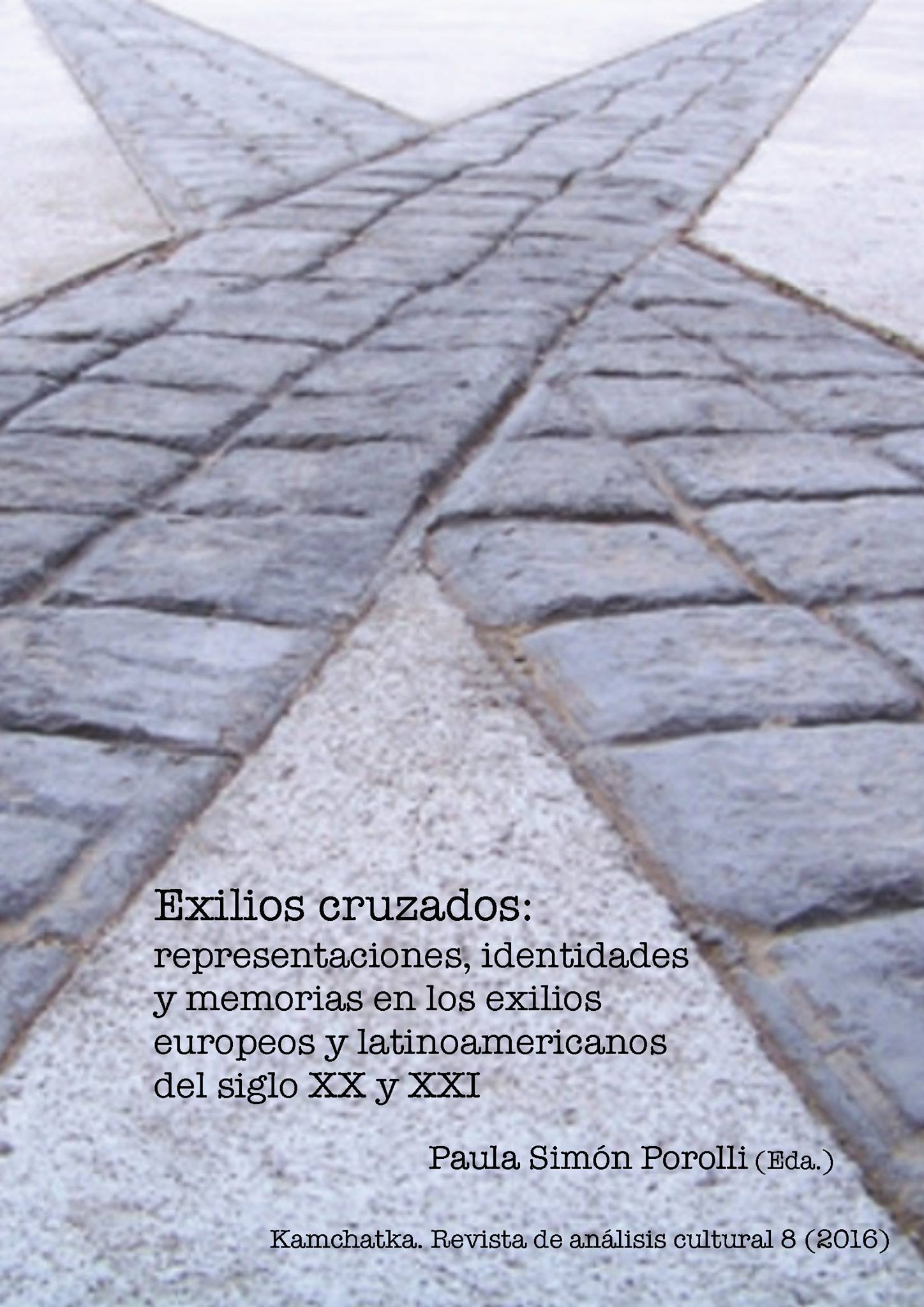Imagen-momia e imagen-ruina: La mise-en-film de las fotografías de los desaparecidos en el documental subjetivo de la posdictadura argentina / Image-mummy and image-ruin. Mise-en-film of missing people photographies in the subjetive documentary
DOI:
https://doi.org/10.7203/KAM.8.8177 Abstract
Abstract
En este artículo se analizan los diversos vínculos entre imagen fotográfica e imagen cinematográfica en los documentales subjetivos de la posdictadura argentina: Papá Iván (Roqué, 2000), Los rubios (Carri 2003), Encontrando a Víctor (Bruschtein, 2004), y M (Prividera, 2007). Se pone particular atención en las recurrentes escenas en las que los directores y entrevistados observan, comentan a interactúan con fotografías de los desaparecidos de la última dictadura militar (1976-1983). ¿En qué medida las filmaciones de las fotos ligadas al pasado argentino reciente modifican y construyen sus sentidos? ¿Refuerzan estas películas el valor de verdad de las fotografías al insertar un documento en otro y tratarlas en su carácter de prueba referencial o, por el contrario, multiplican las mediaciones y alejan aún más el referente de su signo? En suma, ¿qué ganan y qué pierden estas imágenes, en su mayoría extraídas del álbum familiar de los ausentes, al ser expuestas públicamente frente a la cámara de cine?
This article analyzes the links between the photographic image and the cinematographic image in the subjective documentaries of the post-dictatorship period in Argentina: Papá Iván (Roqué, 2000), Los rubios (Carri 2003), Encontrando a Víctor (Bruschtein, 2004), and M (Prividera, 2007). The article focuses particularly on the numerous scenes in which the directors and the interviewees observe, comment, and interact with the photographs of the disappeared during the 1976-1983 dictatorship. To what extent does the filming of these photographs related to the Argentine past modify and construct the meanings of such images? Do these films reinforce the ‘value of truth’ of the photographs by inserting one document into another one and by treating them as referential proof of what has happened in the past? Or, on the contrary, do these films multiply the mediations and make the distance between the images and their referent even greater? In sum, what do these photographs, mostly taken from family albums, gain and what do they lose when they are put on public display in film?
 Downloads
Downloads
 References
References
Amado, Ana. 2010. La imagen justa. Cine argentino y política 1980-2007. Buenos Aires: Colihue.
Barthes, Roland. 2007. Camera Lucida. London: Flamingo.
Batchen, Geoffrey. 2004. Forget Me Not. Photography and Remembrance. New York: Princeton Architectural Press.
Belting, Hans. 2007. Antropología de la imagen. Buenos Aires: Katz.
Benjamin, Walter. 2004. Sobre la fotografía. Valencia: Pre-textos.
Berger, John. 1980. About Looking. London: Writing and Readers Publishing Cooperative.
Calveiro, Pilar. 2004. Poder y desaparición. Los campos de concentración en Argentina. Buenos Aires: Colihue.
Carri. Albertina. 2007. Los rubios. Cartografía de una película. Buenos Aires: Artes Gráficas Buschi.
Deleuze, Gilles. 2006. La imagen-movimiento. Barcelona: Paidós.
Dubois, Philippe. 1995. “Photography Mise-En-Film. Autobiographical (Hi)stories and Psychic Apparatuses” en Patrice Petro, ed., Fugitive Images. From Photography to Video. Bloomington: Indiana University Press.
Edwards, Elizabeth y Hart, Janice. 2004. Photographs Objects Histories: On the Materiality of Images. New York: Routledge.
Fortuny, Natalia. 2011. “Apuntes fotográficos de posdictadura”, Emisférica, < http://hemi.nyu.edu/hemi/en/e-misferica-72/>
posibles para una catástrofe de la identidad. Montevideo: Trilce.
Fortuny, Natalia. 2014. Memorias fotográficas. Imágen y dictadura en la fotografía argentina contemporánea. Buenos Aires: La luminosa.
Oberti, Alejandra y Pittaluga, Roberto. 2006. Memorias en montaje. Escrituras dela militancia y pensamientos sobre la historia. Buenos Aires: El Cielo por Asalto.
Rancière, Jacques. 2007. The Future of the Image. London: Verso.
Sontag, Susan. 2005. Sobre la fotografía. Buenos Aires: Alfaguara.
Downloads
Published
How to Cite
-
Abstract828
-
Artículo (Español)613
Issue
Section
License
This journal provides an immediate free access to the content on the principle that freely make investigation available to the public, which promotes an increased global knowledge exchange.
Unless otherwise indicated, texts published in this journal are under the license Attribution-NonComercial 4.0 by Creative Commons. These texts may be copied, distributed and publicly communicated whenever the publication’s author and title are quoted and whenever they are not used for commercial purposes. In any case, intellectual property of the articles and its potential economic rights entirely belong to its authors.
The full license can be consulted on https://creativecommons.org/licenses/by-nc/4.0/. We encourage authors to disseminate papers published in Kamchatka. Journal of cultural analysis electronically, in institutional digital repository or in their websites.





